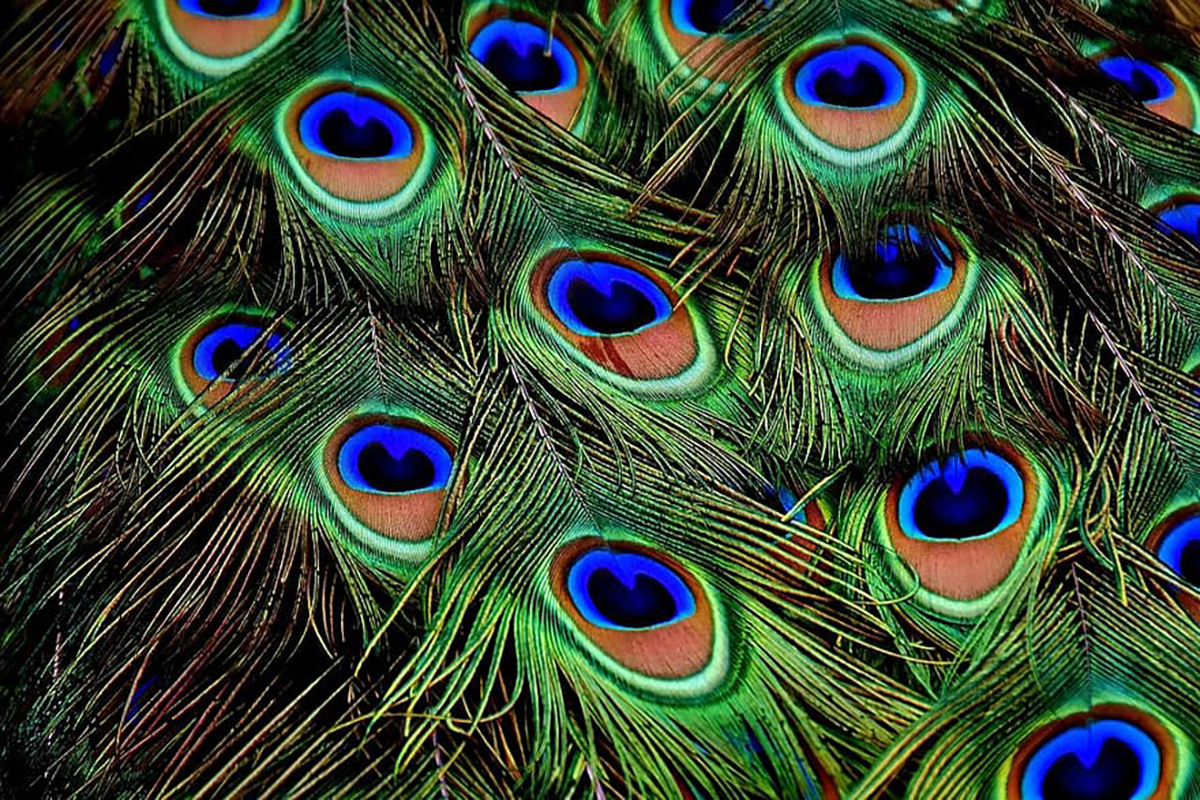
The word "Microraptor" comes from the Greek, translated it would mean "little raptor". As its name indicates, it was a carnivore the size of a pigeon, approximately, and fast. It is one of the smallest dinosaurs that ever existed. from among those who are known. Within the genus of Microraptor, there are three species: Microraptor zhaoianus, Microraptor gui, and Microraptor hanqingi. These three species lived in the early Cretaceous, around 125 to 113 million years ago in the Aptian, in Asia. Later studies suggest that the three species are actually variations of Microraptor zhaoianus Cryptovolans, and not different species.
There are more than 300 fossil specimens of this predator on display in museums around the world. From the best preserved fossils it can be deduced with great certainty that this dinosaur had feathers. This data reinforces the theory that birds descended from dinosaurs. There are even studies that suggest that it may have been capable of active flight. Despite its anatomical resemblance to birds, it is considered a non-avian dinosaur which belongs to the group of dromaeosaurs, along with Velociraptor.
Description of Microraptor

In this image that I took in the museum of natural sciences in Stuttgart, in Germany, you can see a fossil specimen of Microraptor. It has food remains in its stomach and feathers on its tail and arms. This predator was one of the most abundant non-avian dinosaurs within its ecosystem and is the dromaeosaurid with the most fossils found today.
This predator was between 42 and 83 centimeters long and could weigh up to one kilo. Its natural habitat was forests where it glided from tree to tree to hunt its prey such as birds, mammals, and flying lizards. The upper bones of the forelimbs were very long, the neck was narrow, and its teeth were smooth and partially serrated.
The Microraptor is especially known by paleontologists for having unusually long flight feathers on its legs, was not common in early birds or feathered dinosaurs. In addition, its body was covered by a thick layer of feathers and at the end of its tail was a diamond-shaped sail, which surely served to give it more stability when flying.
[related url=»https://infoanimales.net/dinosaurs/velociraptor/»]
Color
In 2012, paleontologist Quanguo Li examined the melanosomes, which are pigmentation cells, in a new specimen and was able to determine that the plumage was black and bluish in color with an iridescent effect, that is to say: The tone of the light varies depending on the angle from which it is viewed, as can happen, for example, with soap bubbles, oil stains or peacock feathers. It is not entirely clear what function this optical phenomenon played for the animal, but it is assumed that, like modern birds with iridescent plumage, they used it to communicate and with mating intentions.

Microraptor wings
Interestingly, the Microraptor had two wings on each limb, four wings in all. Some scientists thought they could be used for gliding and flapping flight, and guessed that it probably lived in trees, since the wings on its feet would make it difficult to move on land. It is speculated that the long feathers on the hind limbs served to change direction in the air and maintain balance during flight, basically performing the function of the tail feathers of modern birds.
There are many theories about the type of flight that the Microraptor was capable of, the most probable and scientifically supported being the powered flight. However, other relatives of the Dromaeosauridae family, such as Deinonychus, were probably not capable of powered flight as their wings were smaller and their flight strokes more limited. With these studies it was concluded that Microraptor evolved flight independently of the ancestors of birds.
[related url=»https://infoanimales.net/dinosaurs/deinonychus/»]
This small predator forms the Microraptoria clade, along with other four-winged raptors. This clade belongs to the Microraptorinae subfamily, of the Dromaeosauridae family. The arrangement of the wings has made many scientists contemplate the importance that it could have had at the original level of flight and evolution for current birds. In 1915, some scientists began to consider the possibility that birds went through a four-winged stage in their evolution, naming this state as "Tetrapteryx".
Food
Over the years, different fossil Microraptor specimens have been found that contained remains of food in their stomachs. Among these remains it was possible to distinguish different bones of mammals, bones of birds and some fish and it was concluded that was capable of swallowing small animals whole. As no gastric granules were found in any case, it could be deduced that this "little boy" was dropping indigestible organic materials, such as some bones, feathers and fur, in the droppings.

At first it was thought that Microraptor was a nocturnal hunter because of the size of the eye sclerotic rings. However, it was strongly questioned after discovering that the plumage of this predator was iridescent, since there is no current nocturnal bird that has feathers of that type.
Microraptor curiosities
The Microraptor has been featured in numerous documentaries, movies, and books:
- Prehistoric Park (third episode of the 2006 documentary)
- Four Winged Dinosaur (documentary film)
- The Land Before Time XII: The Great Day of the Flyers (movie)
- Donotopia: Journey to Chandara (novel)
- Tarbosaurus: The Mightiest Ever (documentary film)
Additionally, there is a Microraptor model in the Carnegie Collection, which is a collection of authentic, hand-painted replicas of dinosaurs and other extinct animals.
Finally, it remains to be noted that It was the first non-avian dinosaur with feather and wing impressions to be found.. Thanks to this discovery, and together with the investigations of Archeopteryx that were carried out, new quite solid theories regarding the evolution of birds and their flight could be deduced.